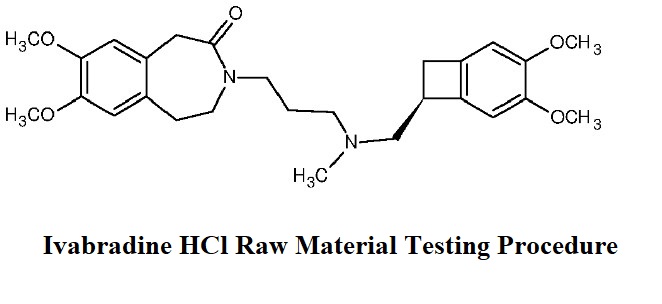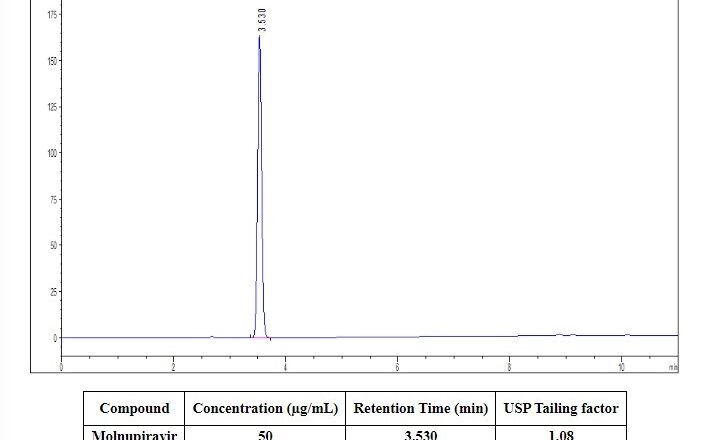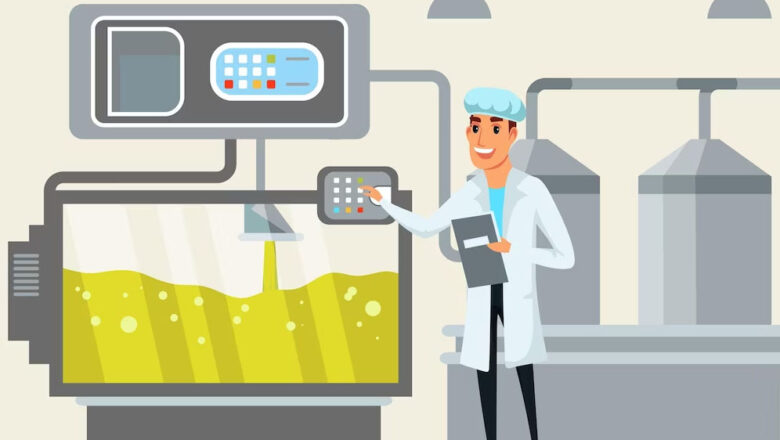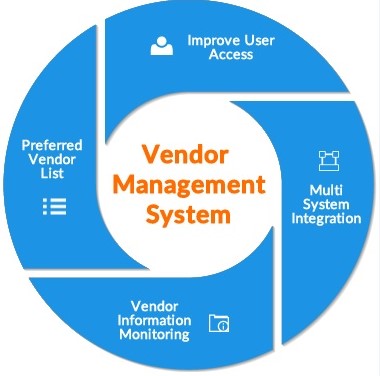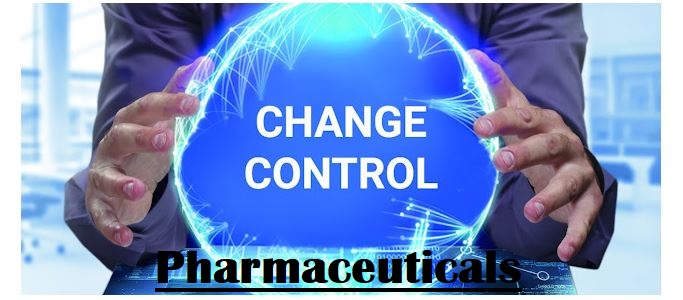
How to Test for Titanium Dioxide
Titanium dioxide How to Test for Titanium Dioxide (TiO2) is a white, odorless, and tasteless powder that is widely used as a pigment in various products, including pharmaceutical tablets, sunscreen, food, and cosmetics. It is also used as a whitening and brightening agent, as well as an opacifying agent. Titanium dioxide has good durability and is resistant to discoloration and weathering, which makes it suitable for use in a wide range of applications. Some studies have suggested that Titanium dioxide may be harmful if inhaled or ingested in large quantities, but its safety has been widely evaluated and it is generally considered safe for use in personal care and cosmetic products.
Purpose
To ensure the quality of incoming raw material of Titanium Dioxide.
Scope
It is applicable for t...


